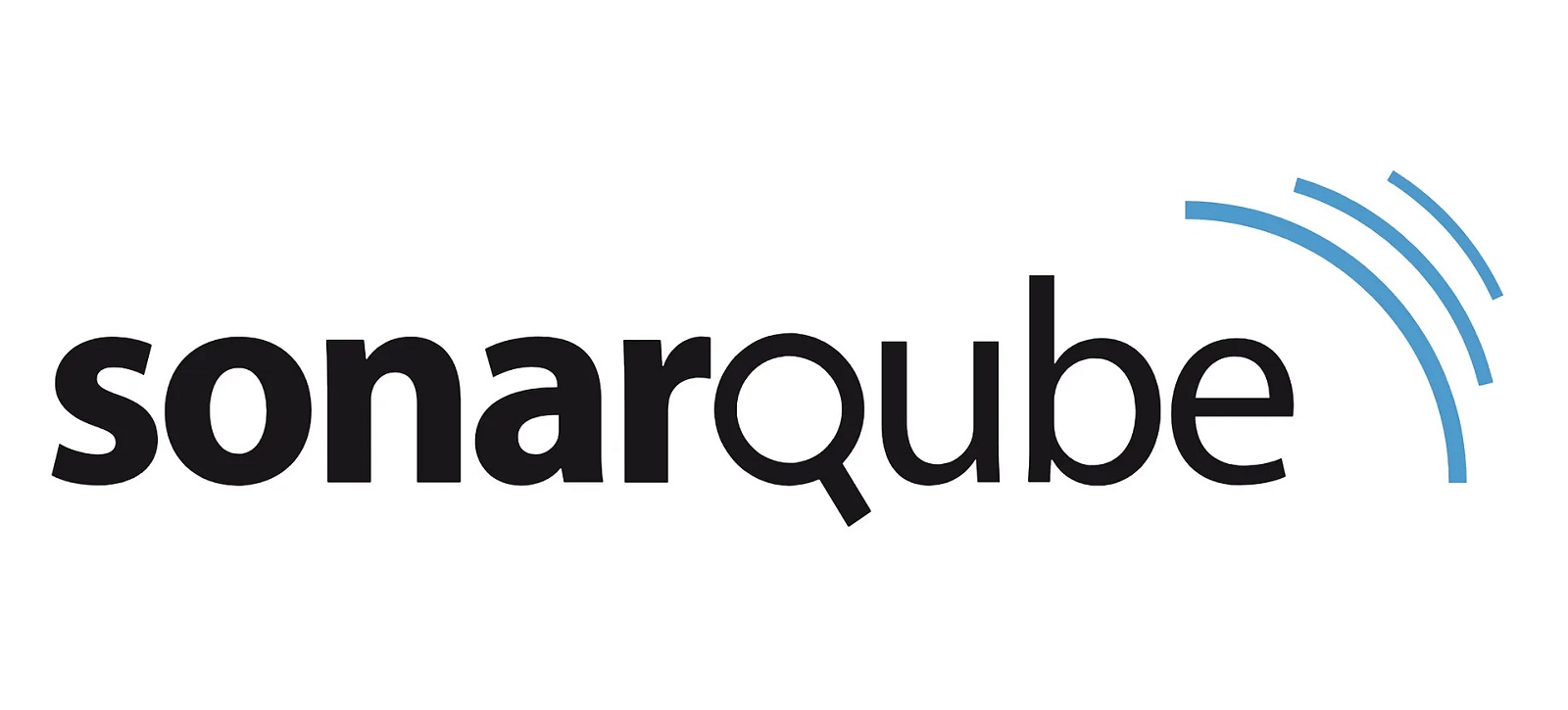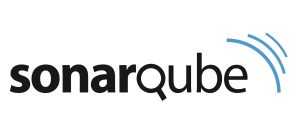Security is a critical aspect of software development, especially for .NET applications that handle sensitive data and operate in complex environments. SonarQube provides robust security analysis tools to identify and mitigate vulnerabilities in your codebase. In this guide, we’ll explore how to use SonarQube’s security features to enhance the security of your .NET applications.
Table of Contents
The Importance of Security in .NET Applications
.NET applications often manage sensitive data, making them a target for cyber threats. Ensuring the security of your application is essential to protect user data, maintain trust, and comply with regulations. By incorporating tools like SonarQube into your development process, you can proactively identify and resolve security risks.
SonarQube Security Features
SonarQube offers several features designed to enhance the security of your .NET applications:
- Static Code Analysis: Analyzes your code for common vulnerabilities and potential exploits.
- Security Hotspots: Highlights areas of code that may require further review to ensure security.
- Compliance Checks: Ensures your code adheres to established security standards and best practices.
- OWASP Top 10 Reporting: Identifies and addresses vulnerabilities based on the OWASP Top 10 list.
Detecting Vulnerabilities with SonarQube
SonarQube simplifies the process of identifying vulnerabilities in your .NET applications. Here’s how it works:
- Code Scanning: During each build, SonarQube scans your codebase for vulnerabilities such as SQL injection, cross-site scripting (XSS), and hardcoded credentials.
- Detailed Reports: The dashboard provides detailed insights into identified vulnerabilities, along with recommended fixes.
- Security Hotspots: Review flagged areas of code to determine if changes are necessary to improve security.
Addressing OWASP Top 10 with SonarQube
The OWASP Top 10 represents the most critical security risks for web applications. SonarQube helps you address these risks effectively:
- Injection Attacks: Detect and prevent SQL injection and other injection vulnerabilities in your .NET code.
- Broken Authentication: Identify insecure authentication mechanisms and suggest fixes.
- Sensitive Data Exposure: Highlight areas where sensitive data is not properly protected.
- Security Misconfigurations: Ensure that your application configurations adhere to best practices.
- Cross-Site Scripting (XSS): Identify and mitigate XSS vulnerabilities in your application.
Best Practices for Secure .NET Development
To maximize the effectiveness of SonarQube’s security features, follow these best practices:
- Integrate Early: Include SonarQube in your CI/CD pipeline to detect vulnerabilities early in the development process.
- Review Security Hotspots: Regularly review and address flagged security hotspots.
- Update Dependencies: Keep your .NET libraries and dependencies updated to minimize security risks.
- Conduct Regular Audits: Perform periodic security audits using SonarQube to maintain a secure codebase.
- Educate Your Team: Train developers on secure coding practices to prevent vulnerabilities from being introduced.
Conclusion
SonarQube is a powerful tool for identifying and mitigating security vulnerabilities in .NET applications. By leveraging its features, you can ensure your code adheres to the highest security standards, protecting both your application and its users.

